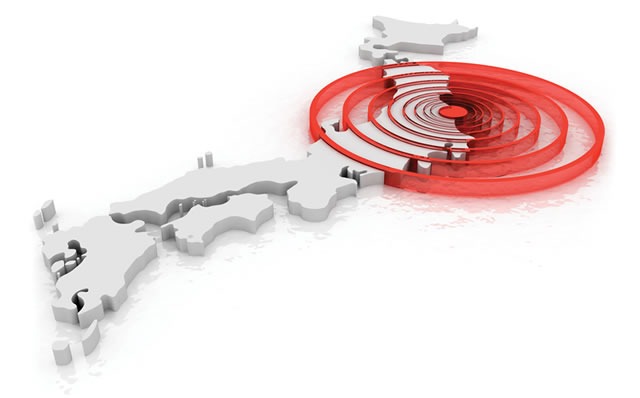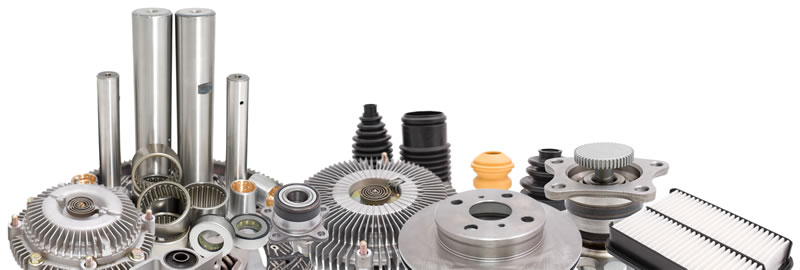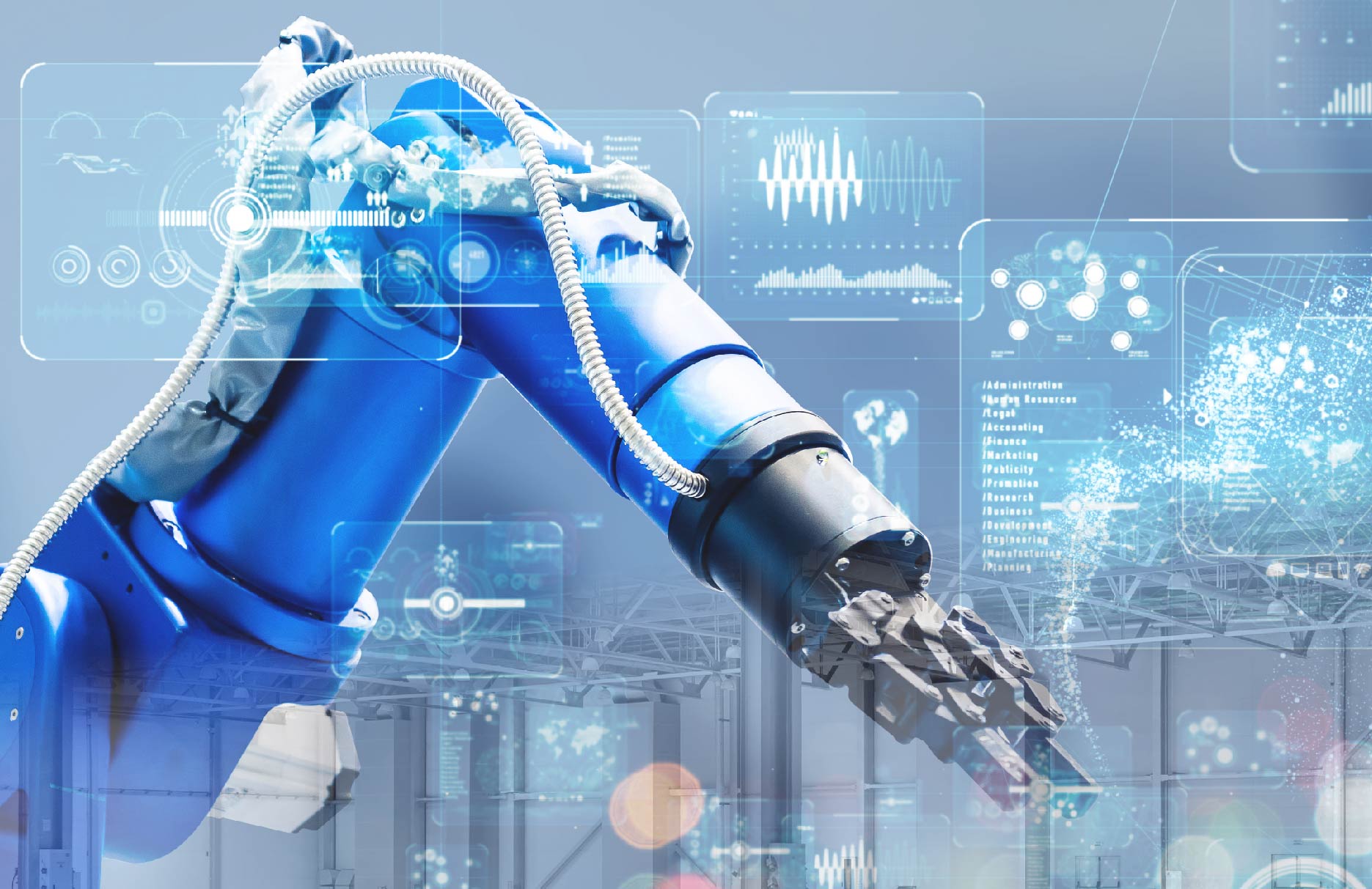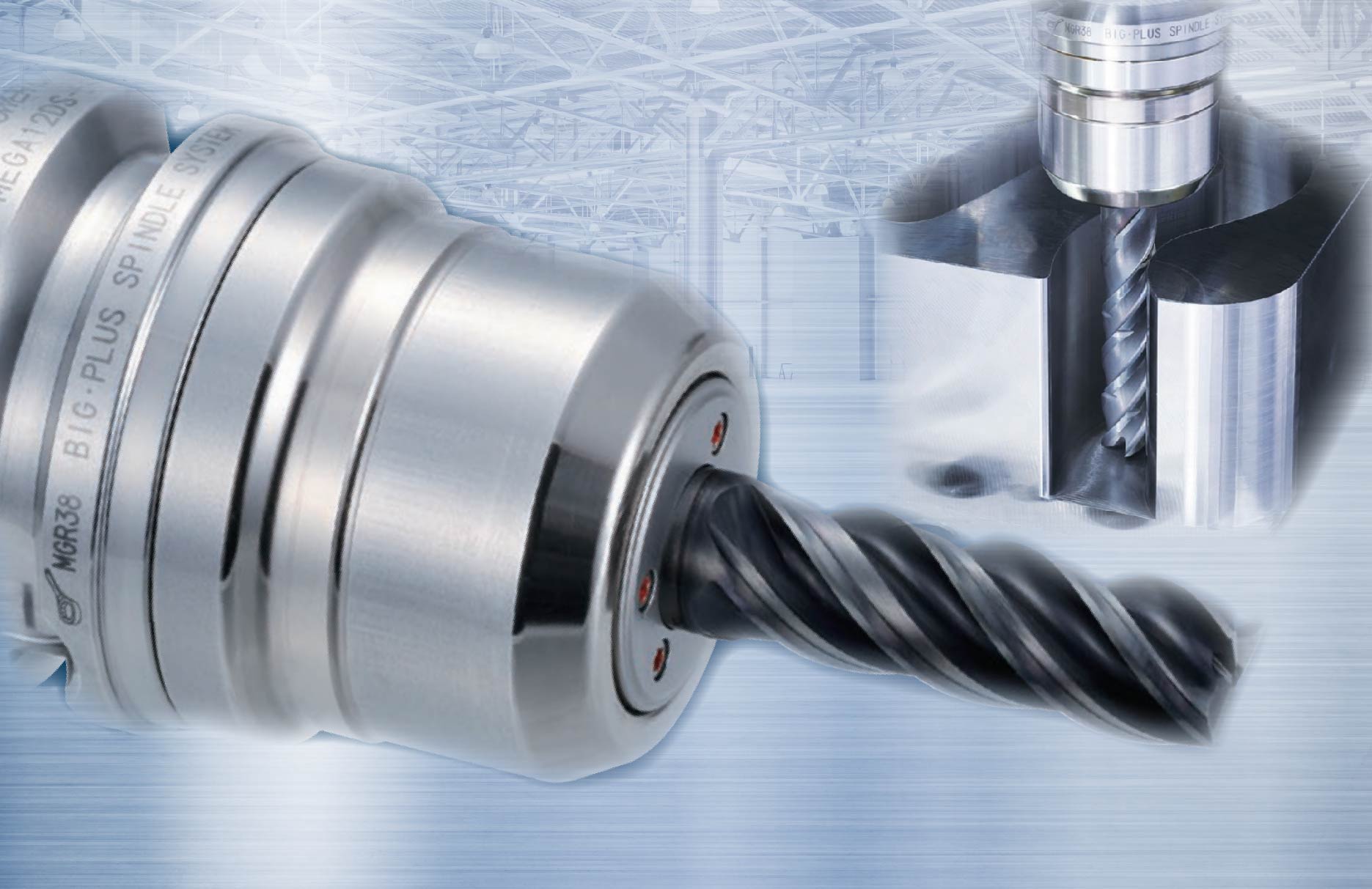At the start, Toyota announced the closure of 12 factories and a production halt at others in Japan. This meant that during 14th – 16th March there was a loss of 40,000 automobiles that would have been produced. As for Nissan, which lost 2,300 finished cars to the tsunami, it had to stop production at 4 factories from the event until 18th March. But, it is considered as lucky for Nissan that the batteries used for the Nissan Leaf,an electric car, had been sent to America 1 day before the event.
Producers such as Honda were affected so that production of automobiles fell by 16,000 vehicles and production of motorcycles fell by another 2,000 units. In just a short time, the various effects began to spread to other countries. Whether they were factories in the United States, China, India, or Europe, they had to halt production due to a lack of vital components. Mostly, they were high-technology components, and would have been produced in Japan before being assembled in various factories around the world. This was especially so for high-technology parts for hybrid and electric vehicles.
Mr. Koji Endo, Managing Director of Advanced Research Japan, said “This is the greatest crisis in the history of the automotive industry.” It has been calculated that Japanese automotive makers will all together lose no less than 1,000 million US dollars, and it has been estimated that they will rapidly return to normal at the end of summer. Goldman Sachs, the famous US investment banking group, pointed out that the closure of the factories has caused automotive producers from Japan to lose approximately 200 million US dollars per day, and in just 2 weeks the losses would reach 2,800 million US dollars.

The Effect on Thailand:
In regard to the situation in Thailand during the months of May, automotive production plants announced to reduce capacity of about 50%, which had an effect on production totals of about 150,000 vehicles. This is considered to be a loss of 75,000 million baht. The effect from the reduced capacity led to the delivery of vehicles that were demanded by the market, such as the Nissan March and Honda Brio, to be late by about 1-2 months, especially for the Honda Brio. Honda Automobile (Thailand) Co., Ltd. announced a temporary halt to reservations in order to conform to the amount of parts available in stock. Other than this, the damage had a continuous effect on the automotive components and parts industry as well. “In the beginning, it was estimated that automobile and parts industry would lose 105,000 million baht in this year, or about 70% of the targeted production for this year. These figures were calculated from the total production for this year, with a 6% increase in the first quarter, but falling 40% in the second quarter, and another 25% in the third quarter, as it was believed that the effects of the tsunami would still exist. But, there would be an expansion of more than 6% in the final quarter after Japan had managed to solve the problem of vital components. If things went according to the estimates, it would mean that this year the Thai automotive industry would see a deficit of 13%, or would have a production total of 1.5 million vehicles out of a targeted 1.8 million,” said Mr. Yongkiat Kitapanich, President of the Thai Autoparts Manufacturers Association, the Federation of Thai Industries.
Recovery Trends:
On the 23rd of May, Toyota Motors (Thailand) Co., Ltd. announced the return of production in all 3 of its assembly plants; the Samrong factory, Gateway factory and Banpho factory. This is unexpected, owing to previously Toyota had reduced the production for May-June by more than 70% in order to keep in line with the limited amount of parts. As for Honda Automobile (Thailand) Co., Ltd., it announced on the 31st May that they would be back to full production in September, after it had reduced production by 50%, as the Honda Brio eco-car would begin production in June and would be fully up-to-speed by September. Their factory in Ayutthaya would be able to produce at about 80% of capacity in July and would be back to normal production from September.Nissan Motors (Thailand) Co., Ltd. announced a reduction in production by 20% during May-June, and has not yet announced when they would be back to normal production. However, the recovery of the Thai automotive industry is becoming increasingly evident. In Japan, Toyota is preparing to reach 90% of normal productive capacity from June onwards. Toyota’s management have expressed their confidence after having met with component suppliers in Nagoya. Their producers of automotive components in Japan were able to return to production in May. This is also the case for Nissan, which announced a return to full production in October, which is a signal indicating the recovery of the world automotive industry.

Signals Before the Disaster:
Various factors, especially labor costs and increased production costs in Japan, mean that Japanese business people have long-term plans to invest abroad, and Thailand is the top target. This is due to Thailand having the potential and readiness in many areas, regardless of whether it is resources, location, transport system, and including skilled labor. In the next 4 years, Thailand will become a part of the ASEAN Economic Community, which will bring a number of benefits for businesses, especially so in the cancellation of taxes. Other than having an effect on the 10 ASEAN countries, there will be free-trade benefits for the six countries of China, Japan. South Korea, India, Australia and New Zealand under the ASEAN+6 framework. One year before the crisis, many hundreds of medium- and small-sized investors.-.including investors from the automotive industry, the electrical appliances industry and the electronics industry.–.travelled to Thailand in order to gain investment information from the office of the Board of Investment in order to investigate the possibility and benefits that can be gained from the shifting of production bases to Thailand.

The Direction of Investment After Disaster:
The effects of the natural disaster may become a force stimulating Japanese capital to diversity their risk by increasingly moving production bases away from the country in order to increase the safety of business. As Japan is situated on the ring of fire; nothing can guarantee that there will not be another incident such as this again. As the ASEAN area is the region that Japan has invested in the most, if you consider the suitability of various member countries, Thailand is probably better than other countries. When you compare it with Malaysia, which has high labor costs; Vietnam, where investors often experience problems with rules and regulations which constantly change without prior information; and Indonesia, Thailand’s main competitor; Thailand has benefits in that the population is compliant and that almost all of the large manufacturers have already set up production bases here. For the Japanese investors that will come to invest here, it is expected that it will mostly be medium- and small-sized investors from various industries, especially the automotive industry, which will have a positive effect on the local Thai businesses in the 2nd and 3rd tier. These groups of Japanese investors may come and hire or partner with businesses to produce simple components where there is no requirement for high levels of technology and know-how. This is work that Thai businesses in the automotive industry have a lot of experience and expertise in. As for factories making high-technology components, it is believed that Japanese manufacturers will still maintain their production base in Japan. This will be the same for research and development centers. If this is true, the growth trends for the automotive and parts industry will be of increased expansion. This will be the same for related businesses, including service and employment businesses.









